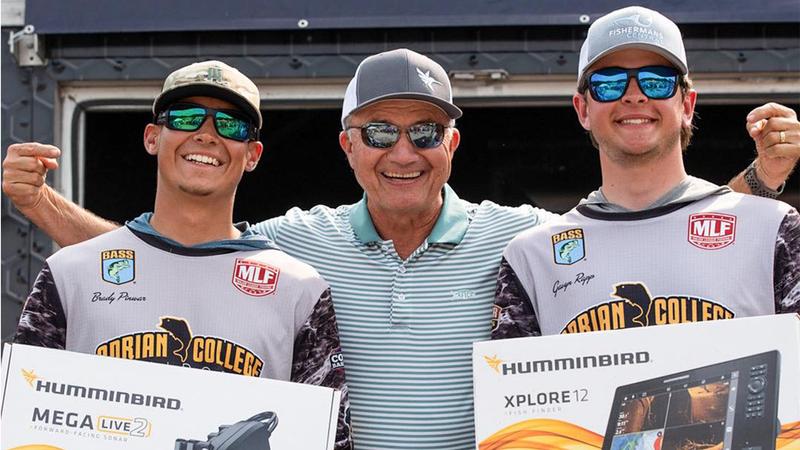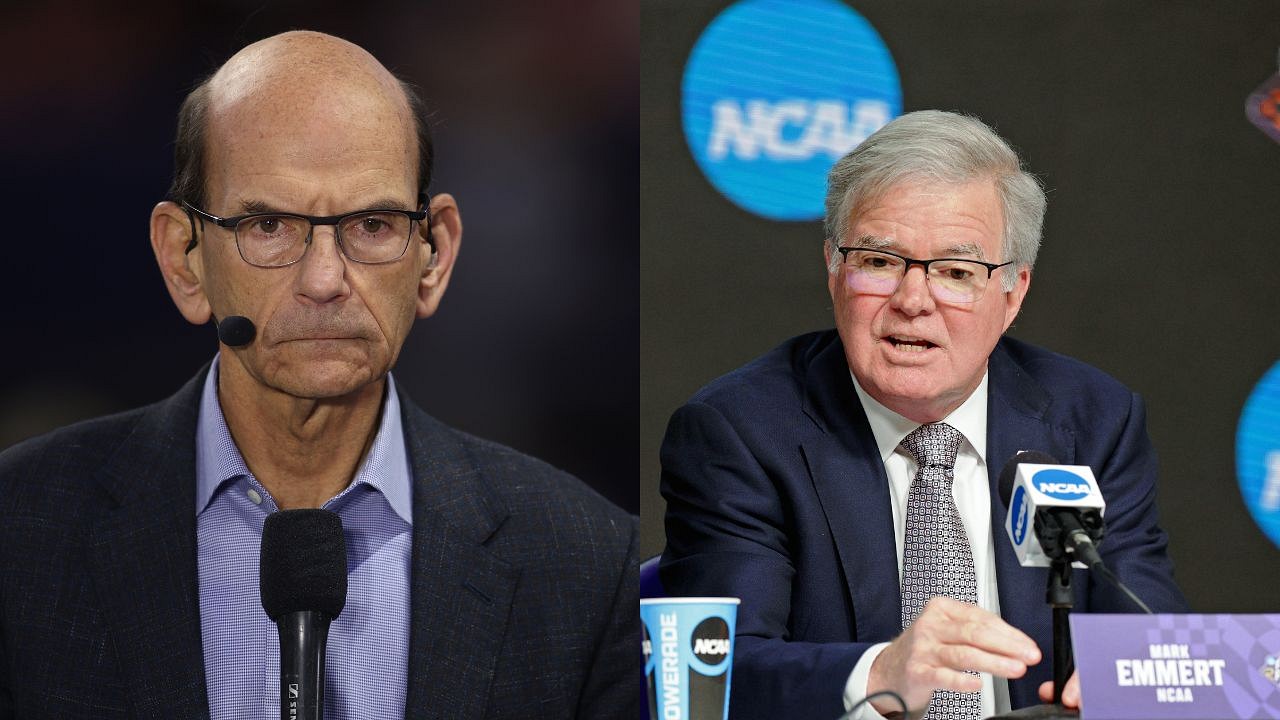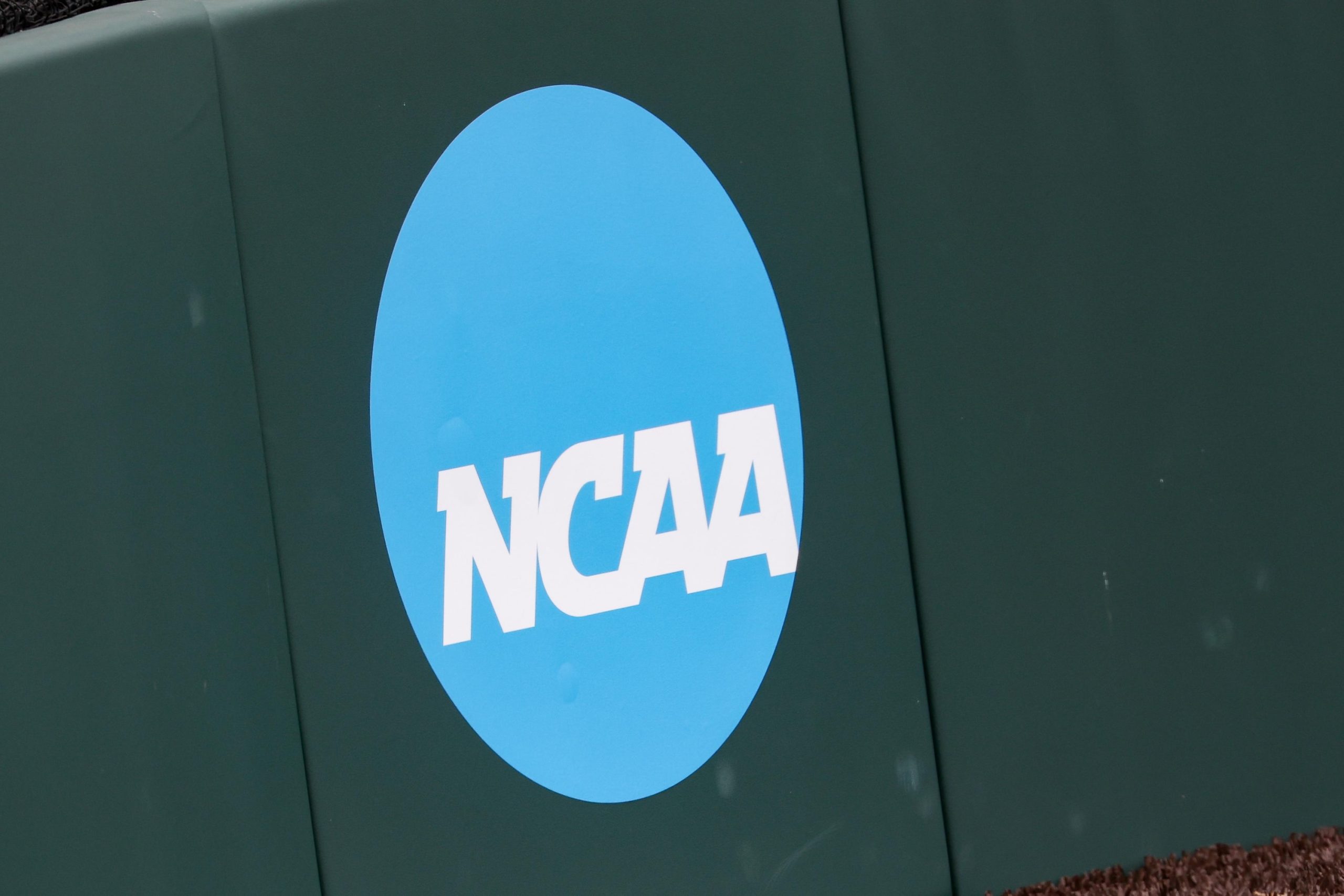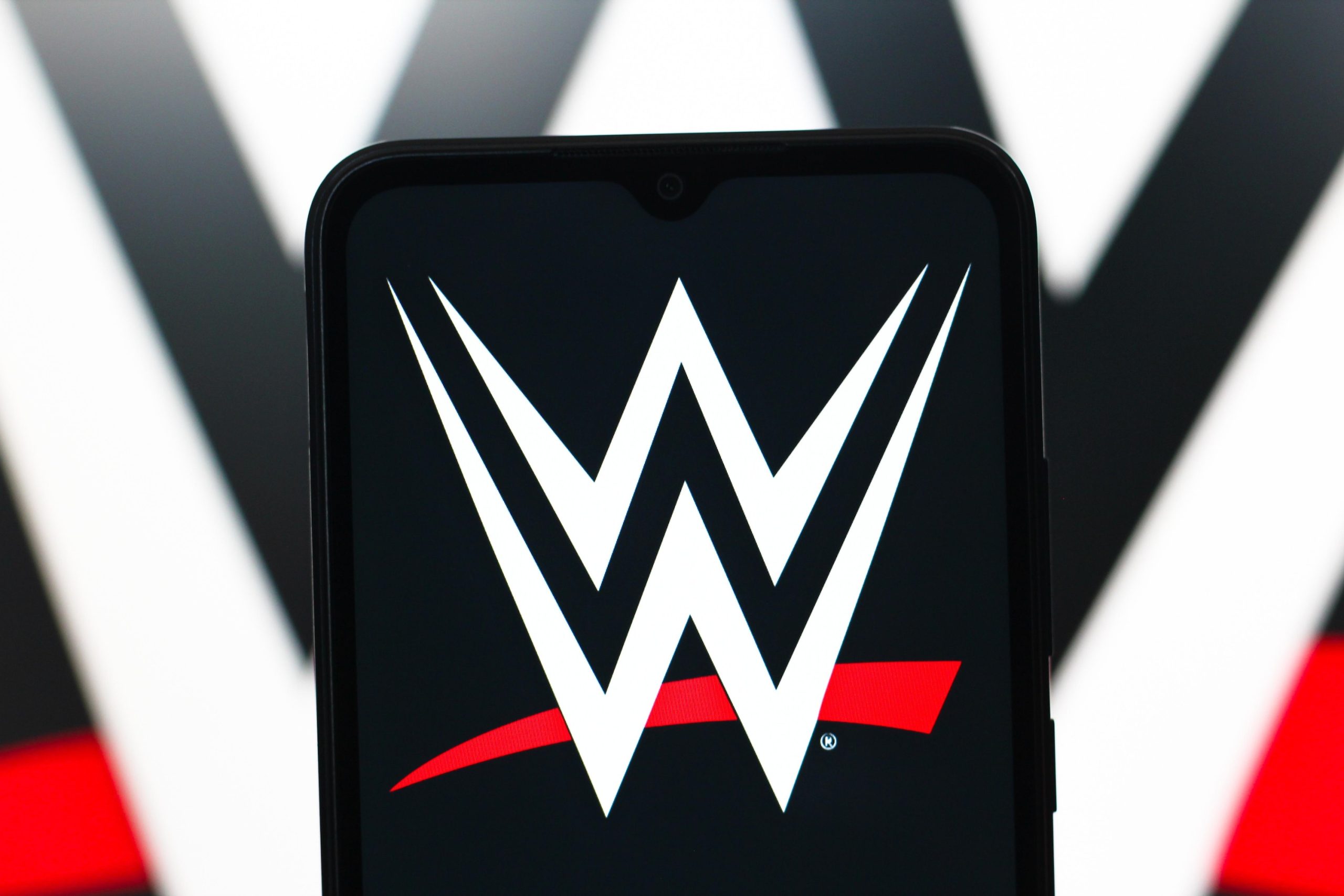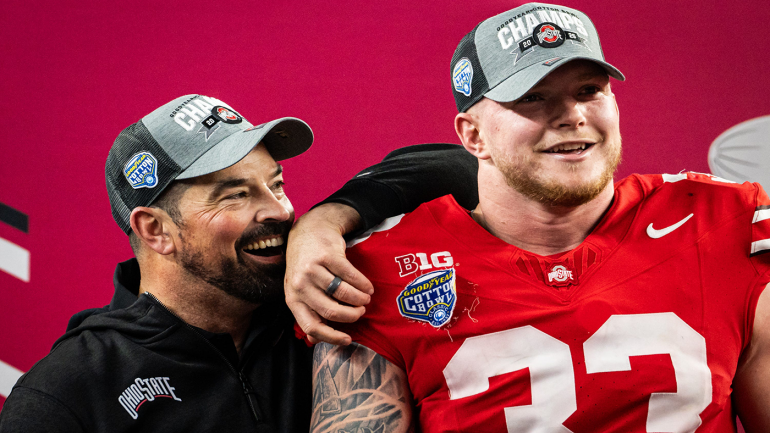
Ohio State coach Ryan Day defended his championship roster from claims of “buying” a national championship in a wide-ranging interview with CBS Sports’ Josh Pate. Pate asked Day about the ability to create a nucleus of homegrown players, and Day took it as a chance to clarify just how he constructed his championship roster.
“The truth of the matter is that the majority of those guys were all guys that decided to come back or were already on the team that we recruited and developed,” Day said.” We did add six or seven guys, but not 15, not 20 where we just went out there and just got the best players in college football. That wasn’t the case. That’s not what won us a championship.”
Day is correct — the vast majority of game-changing players on the roster were homegrown. The program got surprising returns from NFL-level talents like Jack Sawyer, JT Tuimoloau, Emeka Egbuka and Donovan Jackson. The program also landed transfer portal commitments from eventual All-Americans Seth McLaughlin and Caleb Downs along with starting quarterback Will Howard.
Perhaps the biggest conversation about NIL didn’t come from outside the building, though. Last July, athletic director Ross Bjork claimed the roster was set to receive “around $20 million” in NIL money from collectives and brand associates. Even so, Ohio State only brought in seven total transfers to finish with the No. 9 transfer class in the nation.
“I think that’s where it’s just easy for people to say, you know, Ohio State just had NIL for this amount of money or whatever, and it’s just so cheap and so easy for someone to say,” Day said. “If you actually do the research, all it does it really tell you the value of an Ohio State football player. When you look at a brand that has just south of 12 million fans and the city of Columbus with 2 million people and the power of Ohio State, yeah, our guys are going to make a lot of money in NIL.”
Regardless, Ohio State went on to win its first national championship since 2014 and only the third in the past 50 years. Day joined Urban Meyer and Jim Tressel as consecutive title-winning coaches during a period of great success in Columbus, Ohio. He was rewarded with a contract that will pay him approximately $12.5 million per year through the 2021 season.



